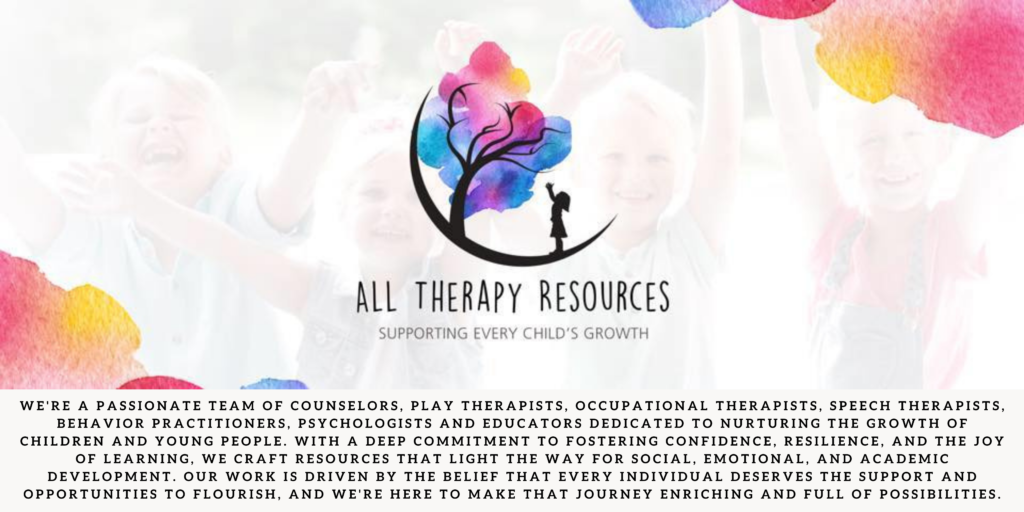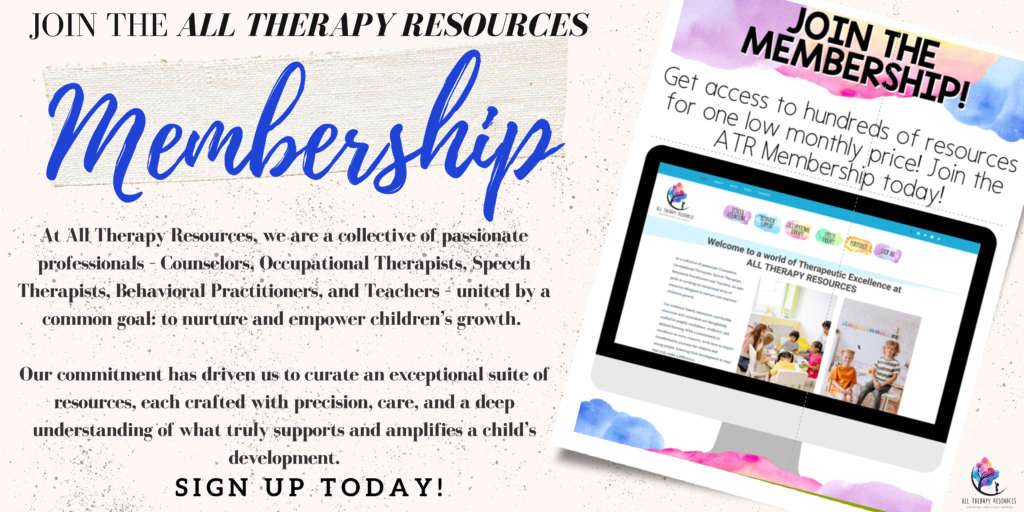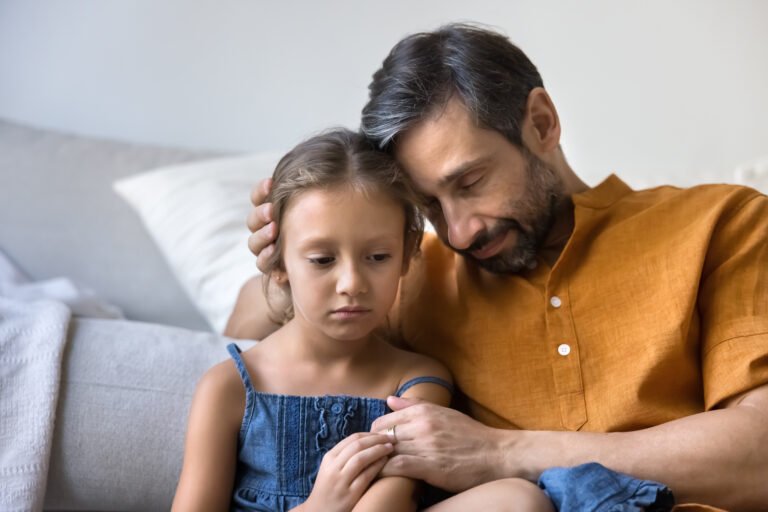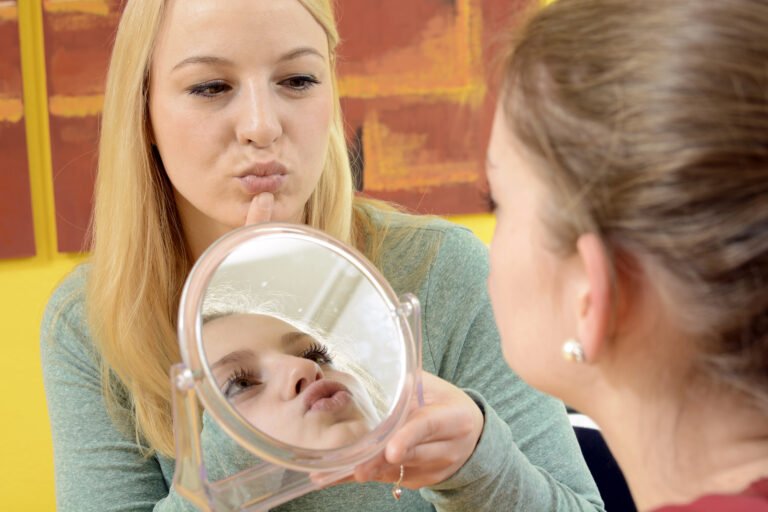Creative Resistance in Counseling: What to Do When a Child Won’t Engage
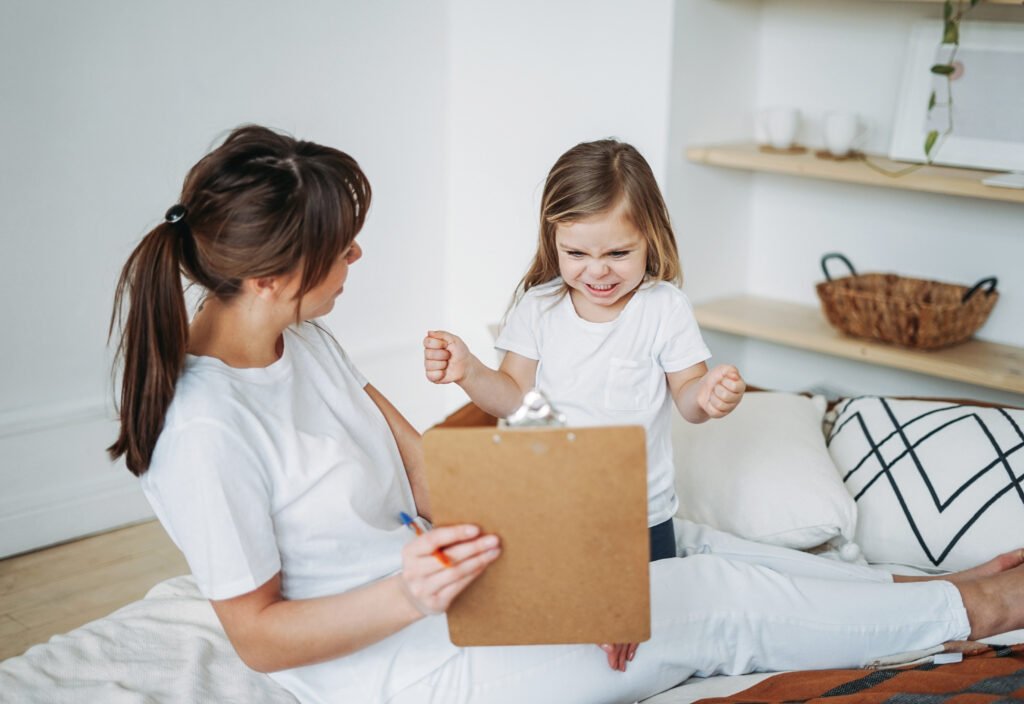
Have you ever set up the perfect activity, invited a child to engage in play therapy, and been met with silence, defiance, or a blank stare? As school counselors, psychologists, and allied health professionals, we all experience moments where children resist the very tools we use to help them. It can be disheartening and confusing—but what if resistance wasn’t a problem to fix, but a message to understand?
In this blog, we’ll explore what creative resistance really means, why some children push back against therapy, and how we can gently support them through it using trauma-informed, relationship-focused strategies. With the right lens, resistance becomes less of a wall and more of a doorway into deeper therapeutic connection.
What Is Creative Resistance in Child Therapy?
Creative resistance is the subtle—and sometimes very obvious—way a child avoids participating in therapy or play. It might show up as refusing to speak, turning away, becoming overly silly, shutting down, or rejecting every activity we offer. It’s not misbehavior. It’s often the child’s way of saying, “I’m not sure this is safe yet.”
I remember one little boy I worked with early in my career. Every session, he would quietly walk into the room and sit under the table. He wouldn’t speak, wouldn’t make eye contact, and ignored every prompt. For weeks, I kept offering new activities, hoping something would spark his interest. It was only when I stopped trying to “fix” the resistance and simply sat beside him under the table that our connection began. That moment—quiet, uncomfortable, and powerful—reminded me that safety and trust are always the first goals.
Why Some Children Resist Therapy or Play
There are many reasons a child might not engage in therapy. Sometimes it’s due to fear. Other times it’s about control, past experiences, or developmental differences. Here are some common causes:
Fear of vulnerability
For many children, especially those who’ve experienced trauma, therapy can feel exposing. Even play can feel risky.
Past negative experiences
If a child has been in other services or systems that didn’t feel safe, they may enter your space guarded and skeptical.
Desire for control
Children who have had little say in their lives often resist when they feel something is being done to them rather than with them.
Communication differences
Children with autism, speech delays, or trauma histories may express themselves in ways we don’t initially recognize as engagement.
Testing the safety
Sometimes, resistance is the child’s way of checking: “Will you still see me if I don’t perform?”
Reframing Resistance as Communication
Over the years, I’ve come to understand that resistance is often the child’s first language. A girl I once worked with refused to touch any toys but would line up markers in color order every session. I simply sat nearby and observed without expectation. One day, she pushed a red marker toward me. That moment wasn’t about art—it was her way of inviting me into her world. Resistance often holds a story, and when we pause to listen, we get closer to the heart of the child.
Strategies for Supporting Children Who Won’t Engage
Connect before you direct
Children don’t want to be “managed”—they want to be seen. Take time to simply be with them, observe what they’re doing, and comment with curiosity, not pressure.
Offer structure and choice
Visual schedules, choice boards, or even a simple “Would you like to draw or play with the sand?” can restore a sense of autonomy. Children are more likely to engage when they feel in control of the process.
Try nonverbal methods
Not all connection happens through words. Art, music, movement, and sensory-based play are powerful pathways to expression—especially when words are too hard.
Let silence be okay
Some of the most profound shifts happen in stillness. If a child is quiet, we don’t always need to fill the space. Presence itself is therapeutic.
Respect their pace
One child I worked with said to me after several sessions, “I just needed to see if you’d wait for me.” That sentence still stays with me. Therapy isn’t a race. Our willingness to sit with a child—without pushing—may be the very thing that helps them move forward.
Looking Inward: When Resistance Triggers Us
I’ll be honest—resistance can be frustrating. We want to help, and it can feel like rejection when our efforts are met with disinterest or pushback. But these moments are also invitations to reflect:
- Am I feeling pressure to see change quickly?
- Is this resistance triggering my own feelings of helplessness or inadequacy?
- Am I trying to do therapy, or am I willing to be in relationship?
Peer support, supervision, and reflective practice are critical. They help us stay grounded and regulated, so we can continue to be a safe and steady presence.
Practical Tools That Can Support the Process
- Feelings posters in both color and black and white to allow for nonverbal check-ins
- Visual choice boards for play or discussion activities
- Therapeutic storytelling to help children explore themes through metaphor
- Safe-space crafts like the “Turtle Shell of Safety” to build symbolic safety and expression
These tools aren’t magic—they’re invitations. When used gently and with the child’s pace in mind, they open up possibility.
Final Thoughts: The Child Who Resists May Need Us Most
The child who says “no” to therapy might actually be showing us the most courage of all. Their resistance is not a rejection—it’s a boundary. And when we honor that boundary, sit beside it, and say with our presence, “You are safe, and I’m here when you’re ready,” that’s where real therapeutic work begins.
Some of the most meaningful connections I’ve made with children have started with silence, avoidance, and resistance. And almost always, those same children went on to teach me the most about patience, trust, and the power of relationship-based work.
Want More Tools Like This?
The All Therapy Resources Membership gives you access to over 1,000 ready-to-use, trauma-informed resources for school counselors, play therapists, and allied health professionals. Whether you’re supporting a child who resists, or looking for fresh tools to engage young clients, the membership is packed with creative, practical, and purposeful tools to support your work.
Visit https://membership.alltherapyresources.com to learn more and access everything inside the vault.
